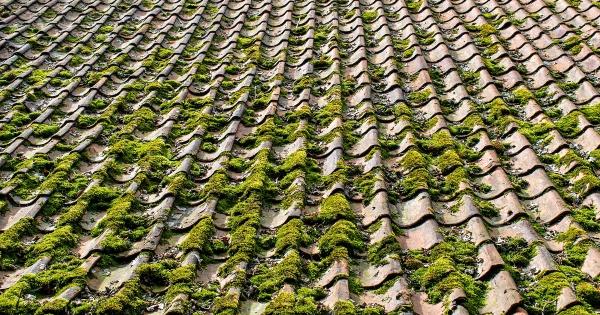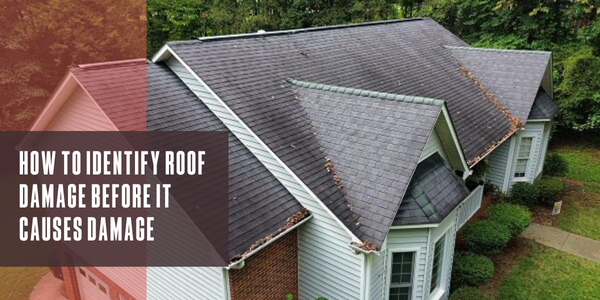These Small Organisms Have Large Consequences on Your Roof

The growth of these organisms on your roof can harm the cosmetics of your home and the integrity of your roof.
If you ever notice black discoloration or streaks on roofs, that indicates moss and algae growth. Commonly mistaken as mold or mildew, moss and algae form where moisture tends to dwell on roof surfaces. Homes located in coastal areas and humid climates are the most susceptible to algae growth.
Typically, the algae discoloration begins as small spots and then transforms into streaks on the roof plane. Once this happens, it’s probable that the algae has already been there for a couple months.
Moss and algae can grow on every type of roofing material: bitumen shingles, concrete and/or ceramic tiles, slates or even painted metal sheets. These stains can make your roof look less visually appealing and reduce the value of your home. While sometimes these stains are a purely cosmetic issue, they can also lead to serious damage or roof failure.
Algae primarily harms the appearance of your roof, but moss can have more damaging consequences. Moss can cause shingles to lift and curl, which can lead to cracking. Additionally, heavy moss growth can form dams, causing water to pond and get underneath the roof shingles, thus damaging the roof deck.
Roof surfaces that are shaded and humid tend to result in the growth of algae and moss. While you can’t control the climate in which you live, there are a few ways to prevent algae and moss stains. You can cut any overhanging tree branches that block the sun from your roofs’ surface and blow off any leaves and fallen branches that accumulate on your roof.
For long-term solutions, homeowners can have zinc or copper strips installed under the cap shingles, along hips and at the base of dormers. With each rainfall, the metal strips tiny fragments of their surface, which help prevent the growth of moss and algae for years. If you’re planning on reroofing your home, choose an algae-resistant shingle.
There are also ways to remove algae and moss if your roof is beyond the prevention phase, whether that’s buying a liquid solution, making your own at home, or hiring a professional. It’s important to address moss and algae growth right away to prevent any further damage to your roof.
Have a question? AskARoofer.
Find your local roofing contractor in the RoofersCoffeeShop® Contractor Directory.









Comments
Leave a Reply
Have an account? Login to leave a comment!
Sign In